What I Learnt Last Week 12: Production of HIV vaccines, The brain memory, Socialization, Tracking of stem cells division, and Molecular mechanism of memory formation.
Phew..... That was the sound I made when I started compiling this post. I'm sure you guys how bad this week has been for me as I haven't been able to produce a single science post and that, you know is a very unusual situation. But I just have to make sure this comes up although, it's late, I've got no choice. It must be done and that's it.
I admit I've not posted science since this week but that's not to say I've not been reading. I've been reading papers but I've just not been able to bring up something. So, I've compiled the best for you again today just as usual 😉.
Monday: Scientists progress in the production of HIV vaccines.

We all know how much the cure for HIV is needed in this our current world. We know how long the virus has tormented humanity although we don't know how long is left before it gets driven out of our world. Scientists have kept working on it and have been able to make a major improvement in the production of vaccines for the virus.
[1] Finally, they have been able to discover novel methods of vaccine production for the virus. Phil Berman, the lead author of this study was able to solve a lot of technical problems that have troubled the field. Honestly, this is not the first improvement made in the production of a vaccine for HIV, but other improvements that have been made earlier happen to be very expensive and out of fashion which is what gives the improvement an edge over them.
Stable cell lines
[2] In the most simple way, Stable cell lines are used to make protein for a vaccine. Phil Berman was able to shorten the time needed for the production of stable cell lines with the help of robotics and this in return would indirectly cause the number of proteins to be produced to increase. This has made it possible to use 50-100 litres of bioreactors instead of the 2,000-10,000 litres which appears to be wasteful, expensive and out of fashion.
Robotic method
[3] Berman developed a robotic method that made it possible to produce stable cell lines in just 2 or 3 months instead of the normal 18-24 months of production and this also reflected in the yield as the yield shot up by a factor of 100-200.
Clinical trials
[4] The clinical trials have not been kicked off due to some reasons like partnership and funding, though there are two cell lines that can be used for production on a very large scale.
Tuesday: The brain area involved in memory
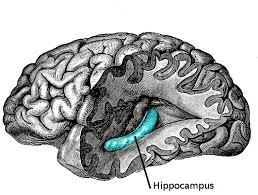
Well, before you crucify me, before you start asking if I just found out about this, before you start explaining the functions of the parts of the brain to me, let me start by saying " Scientists have been able to gather more understanding on how the various areas of the brain work together to assemble memories with the help of virtual reality.\
[5] Halle Dimsdale-Zucker, alongside his colleagues, were able to use virtual reality to show that there are different areas of the hippocampus involved in different types of memories and so, different areas are activated for different memory types.
[6] Flashback to that moment you were trying to remember something that happened some time ago, and you couldn't recall. A few moments later, you remember some details, and some details, and some details at different times, it happened probably because an area of the hippocampus was activating some other areas related to the memory you are trying to recall, and thereby gaining memory successively.
Zucker, a neuroscience graduate, picked interest in how the brain assembles pieces of memories and worked it out with a Professor named Charan Ranganath. Eventually, they used the functional magnetic resonance imaging(fMRI) to get the exact areas activated during the recall of memories.
[7] They got some students to check out a few houses and brought them back to the lab for testing. They asked them to recall what they saw while the examination was going on, they found out a different area was activated when a student was trying to recall objects.
Wednesday: You'll live longer if you socialize.
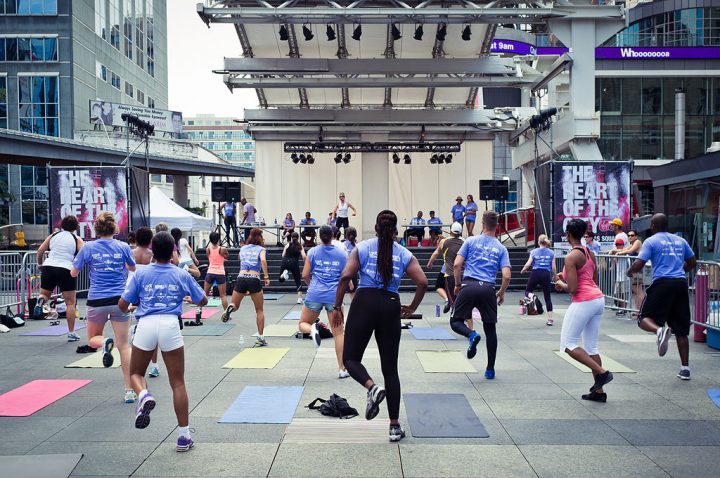
Raise your hand if you were in class the day, I talked about smoking and its effects, lol. Of course, this is not a class and you don't need to raise hands, and even if you did I wouldn't see them. I am only trying to flash us back, I remember talking about how dangerous smoking is and I'm about to continue from there right now.
[8] Most of us know of some of our habits that are bad and harmful to our health, but most times we ignore them or just turn deaf ears. Examples of which include; not exercising, not keeping in contact with people, smoking, usage of drugs, alcohol, unhealthy foods which I eat myself and the likes of them.
|
There shouldn't have been a need for this but I was compelled to include this as a study published by the University of Queensland showed that people didn't really know the importance of socialization. [9] After asking about 500 people from the United Kingdom and the United States of America about how connected they think their social life is to their health, they were able to deduce that this fact wasn't really clear to people as the answers gotten were no way near what they expected. These people didn't know the importance of socialization in increasing life expectancy and mortality except for about 15% of them that seemed to know about it.
[10] It is important to know that those people that have a lively social life live longer and healthier unlike, those who usually isolate themselves or even stay in a lonely environment. Loneliness has been found to increase the risk of death by about 30%. Doing things like exercise, getting a friend, touring can fill in and boost your social life.
Thursday: Stem cells division has been seen in the adult brain for the first time.
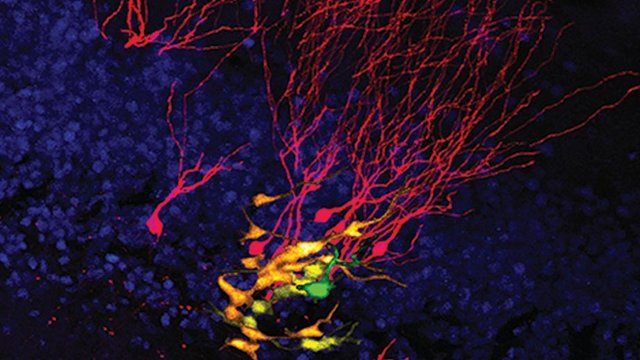
Wow! This is the first time this is happening. Scientists haven't been able to trace the stem cells division and neuronal progeny in a long time but it's all a thing of the past now. [11] The tracking of the individual stem cells and neuronal progeny is basically to know how the neurons are produced continuously throughout a lifetime.
[12] Our views on the production of new nerve cells used to be different but this recent study has shown that the adult brain can continue to produce new nerve cells throughout a lifetime. Don't be surprised this is also done in the hippocampus.I think I owe you a clearer and more distinct image of the hippocampus as it happens to be dominant in this week's study and that's why you have it
It has been considered impossible to track stem cells in the brain for a period of time due to the hidden position of the hippocampus in the brain but they were able to achieve this anyway and they credited their team which brought together experts from different fields.
[13] This study was able to show the neural stem cell division and the integration of the newly formed neurons into the "adult mouse hippocampus.""Much effort was put into this work as they had to keep an eye on the stem cell division process to observe how it happened and also to know how the maturation of the new nerve cells occurred for about 2 months."-Zurich University
Friday: Half of all dementias and Alzheimer's originate from the damage of the gatekeeper cells.
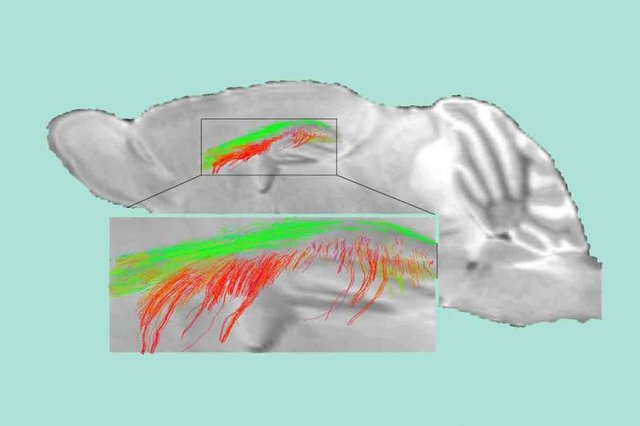
[14] Dementia and Alzheimer's that happen to be different types of memory loss are said to start up with the slightest damage to a blood vessel of the brain alongside its protective gatekeeper cells. Of course, this only accounts for about 50% of the cases seen. This situation is also called small vessel disease because it leads to communication failure as most of the victims appear not to remember languages or how to speak as well.
[15] In recent times, the small vessel disease has been associated with white matter disease, a disease characterized by the inability to transfer messages within the brain network due to the wearing away of the fatty myelin. This is because most people with the small vessel disease are also suffering from the white matter disease.
|
It is also important to note that the pericytes are very important when it comes to white matter health and disease because they play a very vital role with the help of fibrinogen.
| Fibrinogen is a protein in the blood that helps with the clot and ensures wounds heal faster. |
[16] It so happens that once there is a breach of the protection offered by the gatekeeper cells, an excess amount of fibrinogen gains access to the brain. Then, they lead to the death of the white matter and the brain structures.
Thank you for coming around!!
That little boy, @pearlumie.
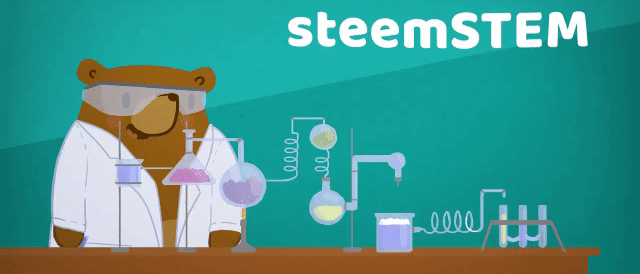
Proud Member of @steemstem
Join us on discord and rub minds with other science geeks.
Proud Member of @genesis-project
You want to join genesis-project, contact @ehiboss, @samminator, @ememovic, or @camzy, and please ignore the scammers, you don't have to pay to join @genesis-project.
Proud Member of @air-clinic
Join air-clinic's discord server. Medical practitioners needed. Anybody from any field is free to join, we do daily lectures and consultation services are available.
Contact @nairadaddy for more info.
Image Sources
Other images are from public domains
References
[1] The Discovery
[3] Robotic Method
[4] Clinical trials
[6] The different areas are activated for different memory types
[7] The experiment
[8] Most of our habits are bad and harmful to our health
[9] People don't really know the importance of socialization
[10] Those people that have a lively social life live longer and healthier
[11] The tracking of the individual stem cells
[12] Stem cells division in the hippocamps
[13] Stem cell division and the integration of the newly formed neurons into the "adult mouse hippocampus
[14] Half of all dementias and Alzheimer's originate from the damage of the gatekeeper cells.
[15] The associato of small vesse disease and white matter disease
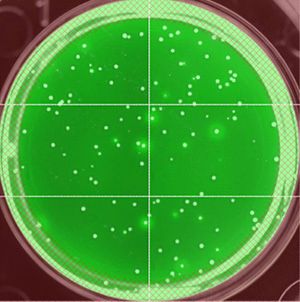


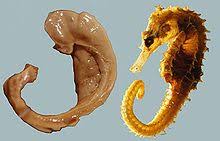


This is a test comment, notify @kryzsec on discord if there are any errors please.
Being A SteemStem Member
You can even combine Tuesday and Wednesday! :D
I've read a study by Cotman et al., which stated, that exercising is increasing the expression of the BDNF-protein in the hippocampus, thus enhancing learning and memory abilities. So working out and social bonding can help you to live longer, smarter and healthier :)
Thank you for coming around
This is super great article, I learn everyday here on #steemstem and I must commend you @pearlumie on bringing on excellent science posts here. I will agree with you on what you learnt on wednesday;
Socialization is the key to long life. Well done!
Thanks for coming!
Yes bro.
Wow... Awesome bro but I was scared when I saw the tittle. But I must confess am impressed by what you learnt this week
I would love to compare studies done on people who socialize through the computer like discord, and people who socialize face to face. Have you seen any studies like this?
Lol.. The basic importance of the socialization is that you mention a communication network. A communication that makes you talk, smile, laugh and I think discord can give you that except for the physical exercises you might need to do in addition.
totally agree! When I'm on discord with my friends I think there isn't one single moment that I'm not either laughing or smiling or talking unless I'm playing games... usually, when I'm playing games I scream a lot and get angry
Lol
But how do we help with stigmatization of those suffering from the virus?
I think this is a great move towards creating awareness towards proper management of the virus
There is a lot of ways to help.
We can choose to educate them more on the virus.
Government can make anti-discriminatory laws and many more other things...
I think educating them is good especially in the mode of transmission of the virus. Some people think by mere hugging the virus can be transmitted
Waw what a great discovery.
👏👏👏👏👏👏
That is brilliant
Step up your game bro.. Stop spamming or you'll just get yourself some flags..
Beautifully written.